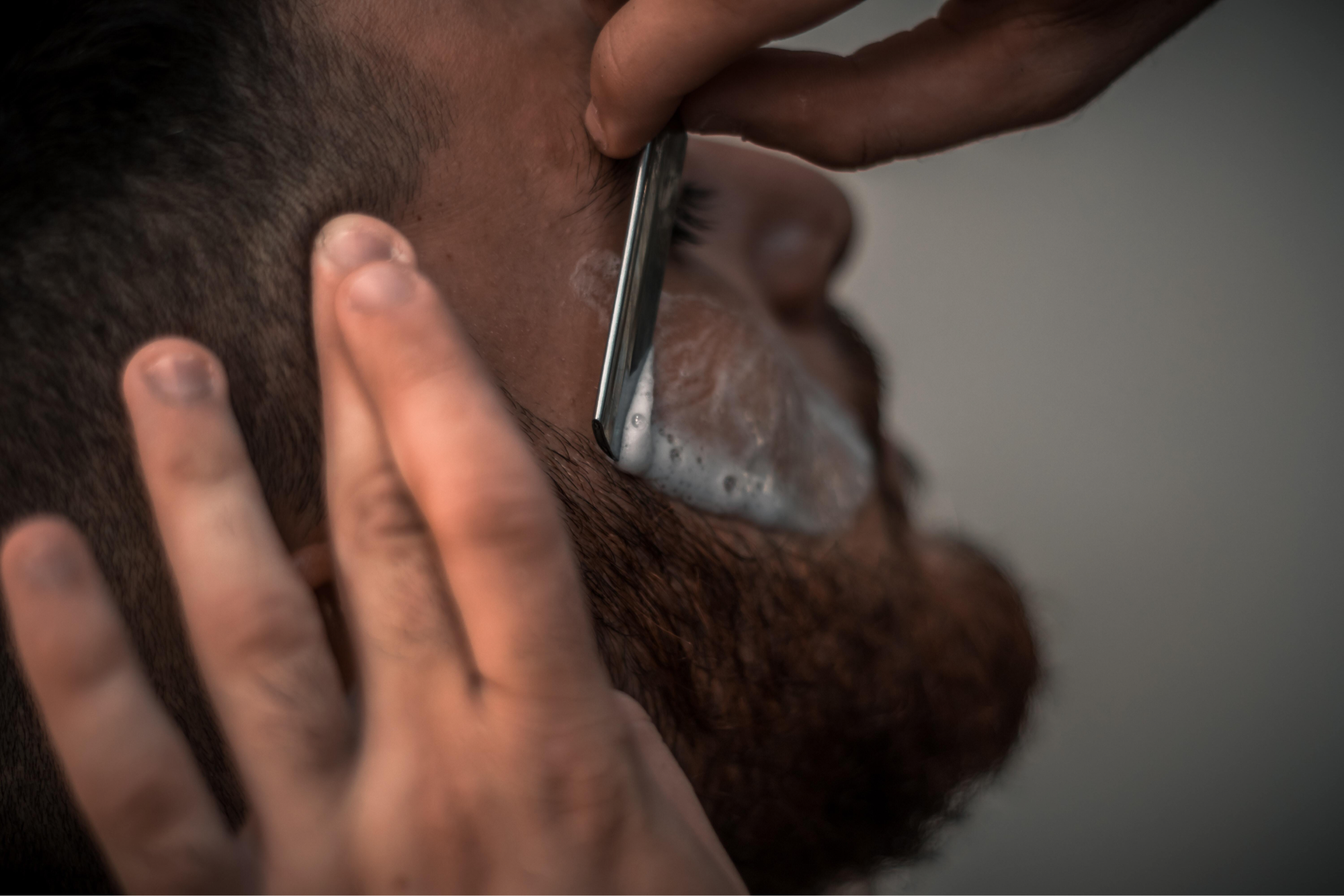
Why Does Aftershave Burn?
Most guys know the feeling of aftershave burning their skin - but do you know why it happens? Aftershave is applied to the skin to close pores, which can prevent bacteria from entering and causing infection. But the ingredients in aftershave can also cause a burning sensation, especially if your skin is sensitive. Learn more about why aftershave burns and how to find the best one for you.
What is aftershave, and how does it work?
Aftershave is a liquid product that is applied to the skin after shaving. It usually contains astringents, which help to close the pores and reduce inflammation, as well as other ingredients such as fragrances or moisturisers. Aftershave can be applied with a cotton ball or pad, or it can be sprayed on. Some aftershaves are also available in lotion form.
Aftershave works by helping to soothe and protect the skin after shaving. The astringent properties of aftershave help to close the pores and reduce inflammation, while the other ingredients help to nourish and revitalise the skin. Aftershave can also help to prevent razor burn and ingrown hairs.
Reasons why aftershave burns
If you've ever applied aftershave and felt an intense burning sensation, you're not alone. Aftershave is designed to soothe and protect your skin after shaving, but for some people, it does just the opposite.
Shaving is an exfoliating process that removes the top layer of skin cells. This can leave your skin more susceptible to the irritants in aftershave.
Most aftershaves contain alcohol, which can cause your skin to dry out and become irritated. This is especially true if you have sensitive skin. Alcohol acts as an astringent, meaning it causes your skin to contract. This can make any existing irritation or redness worse.
In addition to the alcohol, many aftershaves also contain fragrances and other ingredients that can irritate your skin. If you're prone to razor burn or ingrown hairs, using aftershave can further irritate your skin and make these problems worse.
Some people have allergic reactions to the ingredients in aftershave, which can cause burning, redness, and swelling.
Applying aftershave to broken skin can also cause burning and irritation. Be sure to wait until any cuts or scrapes from shaving have healed before using aftershave.
If you find that your aftershave is causing burning and irritation, try switching to a product that is alcohol-free or contains only natural ingredients.

What can you do to make aftershave less painful?
Aftershave is an important part of a man's shaving routine. It not only helps to soothe the skin after shaving but also helps to prevent razor burn and irritation. However, sometimes aftershave can cause a burning sensation.
This can be due to a number of factors, such as using too much aftershave or using an aftershave that is too strong for your skin. If you experience a burning sensation after using aftershave, there are a few things you can do to help prevent it.
- Use only a small amount of aftershave. Aftershave is meant to be used sparingly, so using too much can cause irritation.
- Apply aftershave to dry skin. Wet skin is more susceptible to irritation, so make sure to apply aftershave to dry skin.
- Splash cold water on your face after applying aftershave. This will help soothe the pain.
- Avoid shaving over pimples, rashes, or cuts.
- Moisturise the skin after using aftershave. This will help to prevent irritation and keep the skin hydrated.
- Apply a thin layer of Vaseline to your face before applying aftershave. This will create a barrier between your skin and the aftershave.
Alternatives to aftershave
Yes, there are a few alternatives to aftershave that can be used to soothe and protect the skin after shaving. These include:
- The first alternative is pre-shave oil. This is applied to the skin before shaving in order to lubricate and protect it.
- You can also use a shaving cream or gel that can help to reduce irritation and provide a closer shave.
- Moisturiser can be applied after shaving in order to hydrate and protect the skin.
- Alum block is a natural antiseptic that can be applied to the skin after shaving in order to soothe any irritation.
- Witch hazel can be used as an astringent to help reduce swelling and redness after shaving.
Factors to consider when choosing a soothing aftershave
When it comes to choosing the right aftershave for your needs, there are a few factors you'll want to take into account. Here are a few of the most important:
Scent
One of the most important things to consider when choosing an aftershave balm is the scent. You'll want to choose something that smells pleasant and calming rather than something that's overpowering or offensive.
Texture
Another important factor to consider is the texture of the balm. You'll want to choose something that's thick enough to provide adequate moisture and protection but not so thick that it results in a greasy or heavy texture.
Ingredients
When it comes to aftershave balms, natural ingredients are always best. Look for balms that contain soothing ingredients like aloe vera, chamomile, or lavender. Avoid balms with artificial fragrances, colours, or other harsh chemicals.
Price
Aftershave balms can range in price from very affordable to quite expensive. It's important to find something that fits within your budget, but don't sacrifice quality for the sake of saving a few dollars.
Take the time to consider all of these factors before making your final decision, and you'll be sure to find the perfect aftershave balm for your needs.
Conclusion
So, there you have it. Aftershave doesn’t just contain alcohol to help disinfect the skin and kill bacteria – it also contains high levels of perfume and other chemicals, which can cause a burning sensation.
If you experience this kind of burning after using an aftershave, we recommend that you try a different product or dilute the aftershave with some water before applying it to your skin. The next time you experience an aftershave burn, you'll know exactly why it happened!
Share
